Exploring Modern And Traditional Housing In South Korea: A New Exhibition
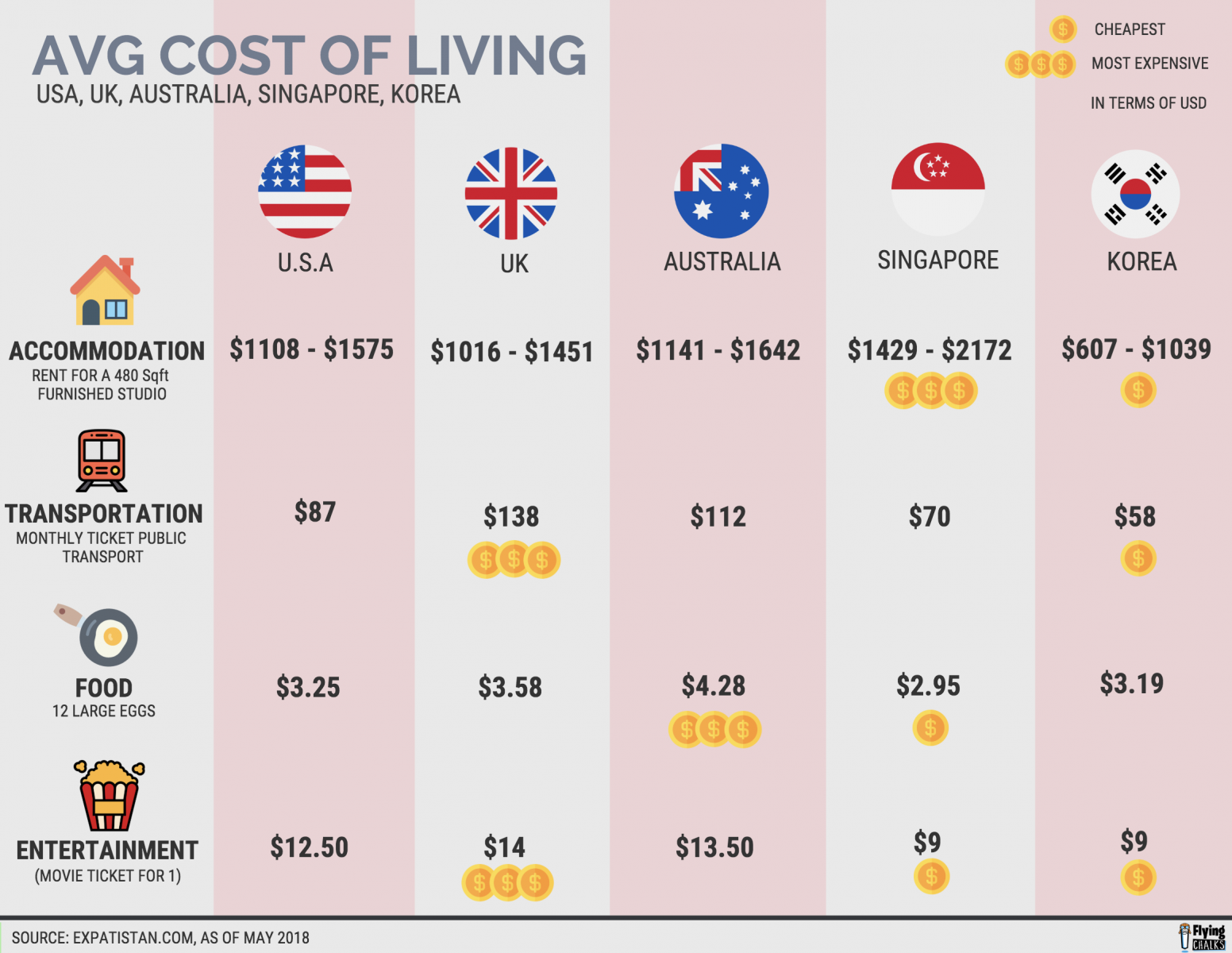
Table of Contents
Traditional South Korean Housing: The Enduring Legacy of the Hanok
South Korean housing boasts a rich history, with the hanok standing as a testament to traditional Korean architecture and its enduring legacy. Understanding hanok design is key to grasping the cultural significance of Korean housing history.
Defining Characteristics of Hanoks
The hanok's defining features showcase a deep connection with nature and a masterful use of simple materials. Key characteristics include:
- Natural Materials: Hanoks are primarily constructed from wood, paper (for hanji screens and doors), and earth, creating a harmonious blend with the surrounding environment.
- Ondol Underfloor Heating: The ondol system, a unique feature of Korean architecture, provides efficient and radiant underfloor heating, crucial to comfort during Korea's cold winters. Smoke from a nearby fire pit passes through channels beneath the floor, gently warming the entire house. This system's efficiency and impact on Korean life are significant, influencing the design and layout of hanok homes for centuries.
- Open Floor Plans: Hanoks often feature open floor plans that maximize natural light and airflow, creating a spacious and airy atmosphere.
- Emphasis on Natural Light and Ventilation: Large windows and strategically placed openings allow for optimal natural light and ventilation, minimizing the need for artificial lighting and cooling.
Different types of hanok exist, reflecting regional variations in climate and materials. For example, sarangchae (men's quarters) and anchae (women's quarters) are often distinct areas within a larger hanok complex. Well-preserved examples of hanok architecture can be found throughout South Korea, particularly in villages like Jeonju Hanok Village and Andong Hahoe Folk Village.
The Hanok's Cultural Significance
The hanok is far more than just a dwelling; it’s a symbol of Korean cultural identity, deeply connected to nature and imbued with a profound sense of family and tradition.
- Importance in Korean Cultural Identity: Hanoks represent the core values of Korean culture: harmony, simplicity, and respect for nature. They are integral to the national narrative and a source of national pride.
- Symbols of Tradition and Family: The hanok served as the center of family life for generations, creating a strong sense of community and shared heritage. Family structures and social dynamics are intrinsically linked to the hanok's layout and design.
- Modern Adaptations and Preservation Efforts: While many hanok have been lost to modernization, significant efforts are underway to preserve and restore existing structures, and even adapt traditional design principles to modern building techniques.
Modern South Korean Housing: A Fusion of East and West
The rapid urbanization and economic development of South Korea have led to a dramatic shift in housing styles. Modern South Korean housing represents a fascinating fusion of Eastern traditions and Western influences.
High-Rise Living in Urban Centers
Major South Korean cities like Seoul, Busan, and Daegu are characterized by a high density of high-rise apartment buildings. These structures efficiently house large populations and shape the urban landscape.
- Pros and Cons of High-Rise Living: High-rise living offers convenience, amenities, and stunning city views. However, it can also lead to feelings of density, limited access to nature, and higher living costs.
- Innovative High-Rise Designs: South Korea is a hotbed of architectural innovation, showcasing cutting-edge designs in high-rise construction. Many buildings incorporate stunning aesthetics alongside energy-efficient technology.
- Sustainability Features: Increasingly, modern high-rise buildings incorporate sustainable features such as green roofs, solar panels, and energy-efficient building materials.
Modern Interpretations of Traditional Design
Contemporary architects are increasingly incorporating elements of hanok design into modern buildings. This fusion often manifests as:
- Blending Modern and Traditional Aesthetics: Buildings that use traditional materials like wood and hanji alongside contemporary glass and steel demonstrate a successful blending of aesthetics.
- Use of Traditional Materials in Modern Constructions: The incorporation of hanji screens or wooden beams into modern building designs adds a unique cultural touch while maintaining structural integrity.
- Balancing Functionality and Cultural Heritage: The challenge and success of modern architects lie in creating structures that meet modern functional needs while respecting and honoring Korean cultural heritage.
Sustainable Housing Initiatives
South Korea is actively promoting sustainable housing initiatives to create environmentally responsible living spaces.
- Green Building Certifications and Standards: The country is adopting international green building certifications and developing its own standards to ensure sustainability in new constructions.
- Examples of Sustainable Housing Projects: Innovative projects featuring passive design elements, renewable energy systems, and recycled materials are becoming increasingly common.
- Government's Role: The government plays a significant role through policy and incentives, encouraging the construction of eco-friendly housing.
The Exhibition: A Closer Look
This exhibition provides a unique opportunity to delve deeper into the evolution of South Korean Housing.
Exhibition Highlights
Expect to see a wide array of exhibits including architectural models, detailed photographs showcasing both traditional and modern homes, videos illustrating construction techniques and the daily lives within these structures, and interactive displays that allow visitors to engage with the history and design elements more deeply.
Location and Dates
[Insert Exhibition Location, Dates, and Contact Information Here]
Why Visit?
This exhibition offers a compelling narrative, combining rich visual elements and informative displays. It's a truly immersive experience ideal for anyone interested in architecture, Korean culture, or sustainable design.
Conclusion
From the time-honored elegance of the hanok to the innovative designs of modern South Korean homes, this exhibition offers a captivating journey through the architectural landscape of the nation. By exploring both traditional and modern South Korean Housing, we gain a deeper appreciation for the country's rich history and its dynamic future. Don't miss this opportunity to explore the evolution of South Korean homes. Visit the exhibition today and deepen your understanding of South Korean Housing!

Featured Posts
-
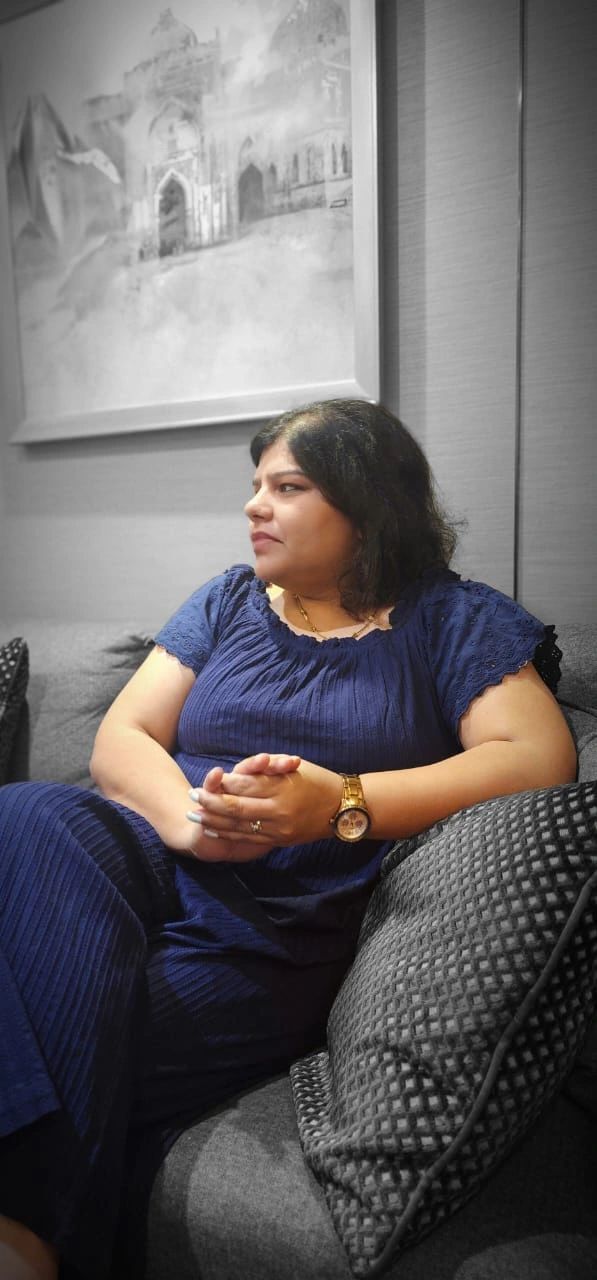 Breaking The Silence Improving Mental Health Awareness With Dr Shradha Malik
May 02, 2025
Breaking The Silence Improving Mental Health Awareness With Dr Shradha Malik
May 02, 2025 -
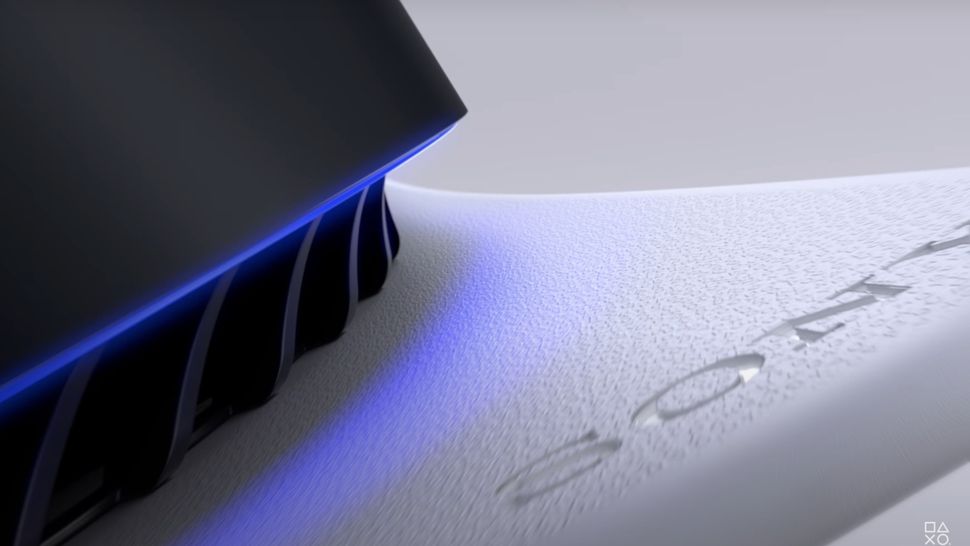 Ma Aldhy Ntwqeh Mn Blay Styshn 6
May 02, 2025
Ma Aldhy Ntwqeh Mn Blay Styshn 6
May 02, 2025 -
 Negative Feedback Floods Fortnite After Music Change
May 02, 2025
Negative Feedback Floods Fortnite After Music Change
May 02, 2025 -
 Tulsa Braces For Record Cold Slower Snowmelt Expected
May 02, 2025
Tulsa Braces For Record Cold Slower Snowmelt Expected
May 02, 2025 -
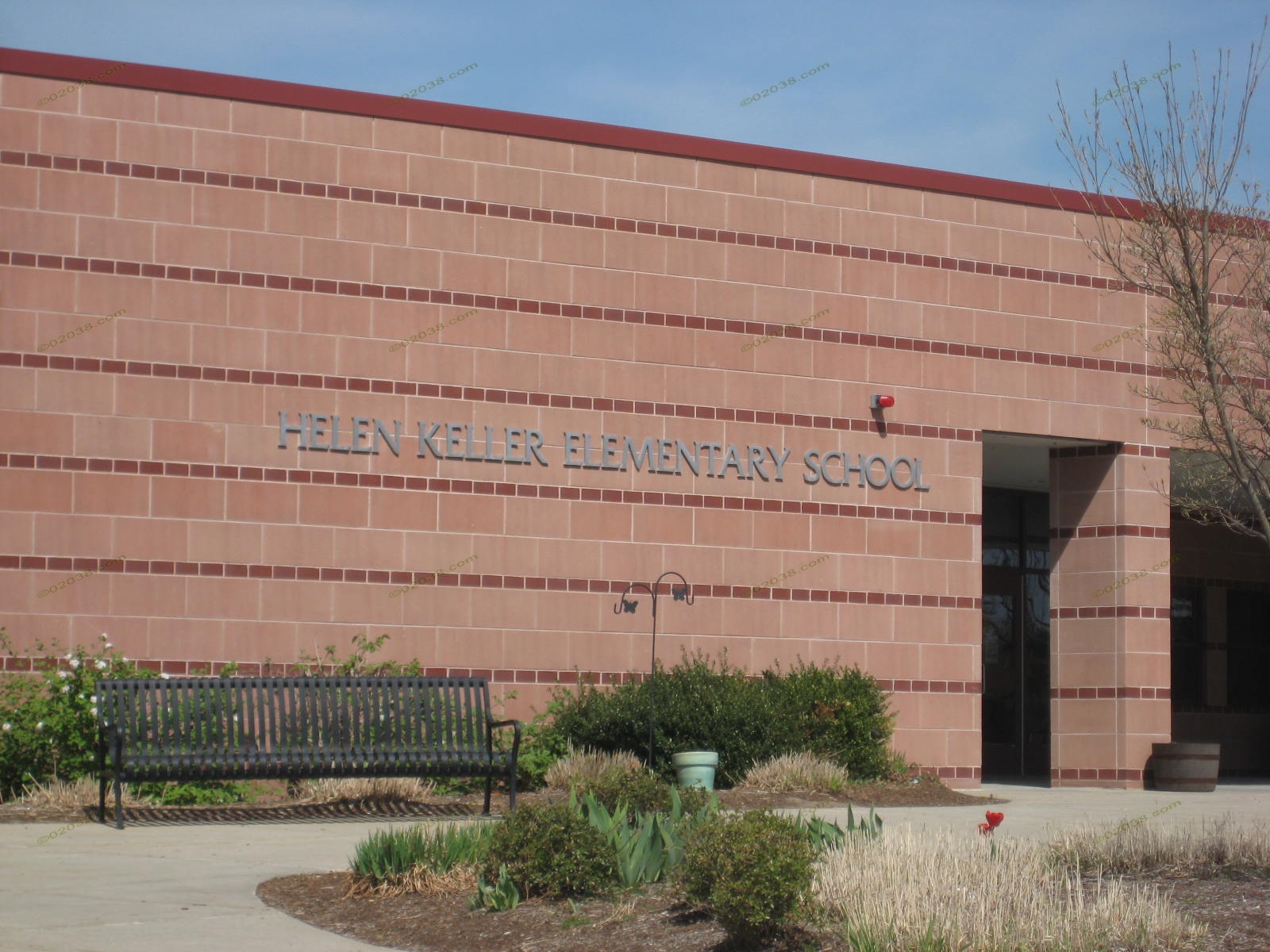 Keller School District Why A Split Is Detrimental
May 02, 2025
Keller School District Why A Split Is Detrimental
May 02, 2025
Latest Posts
-
 Kate And Lila Mosss Identical Lbds Steal The Show At London Fashion Week
May 02, 2025
Kate And Lila Mosss Identical Lbds Steal The Show At London Fashion Week
May 02, 2025 -
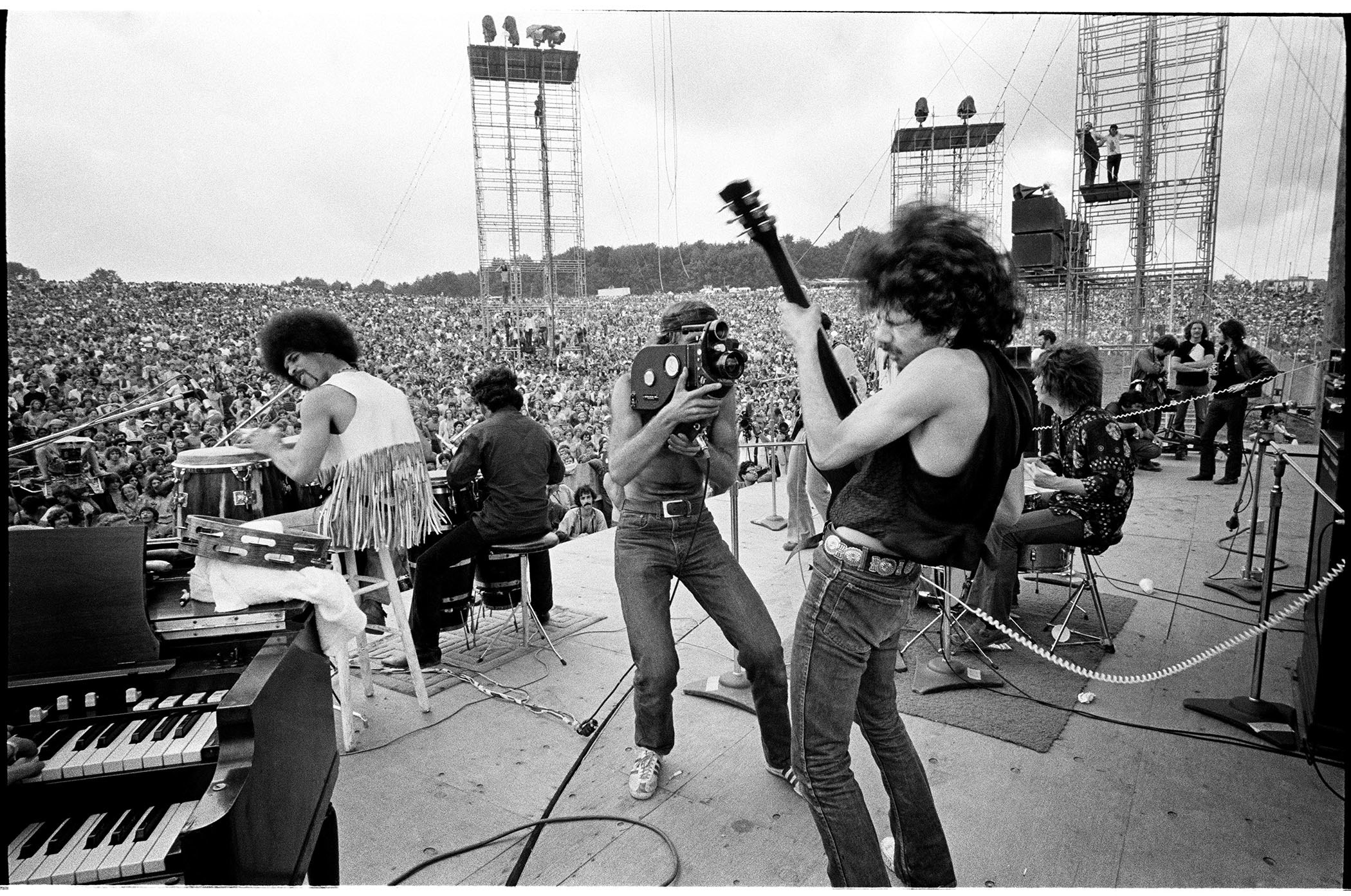 Iconic Bands Strict Festival Rule Life Or Death Situation Only
May 02, 2025
Iconic Bands Strict Festival Rule Life Or Death Situation Only
May 02, 2025 -
 London Fashion Week Kate And Lila Mosss Stunning Matching Black Dresses
May 02, 2025
London Fashion Week Kate And Lila Mosss Stunning Matching Black Dresses
May 02, 2025 -
 Life Or Death The Only Condition For An Iconic Bands Festival Gig
May 02, 2025
Life Or Death The Only Condition For An Iconic Bands Festival Gig
May 02, 2025 -
 Dublin 3 Arena Concert Loyle Carners Irish Show Announced Kildare Nationalist News
May 02, 2025
Dublin 3 Arena Concert Loyle Carners Irish Show Announced Kildare Nationalist News
May 02, 2025
